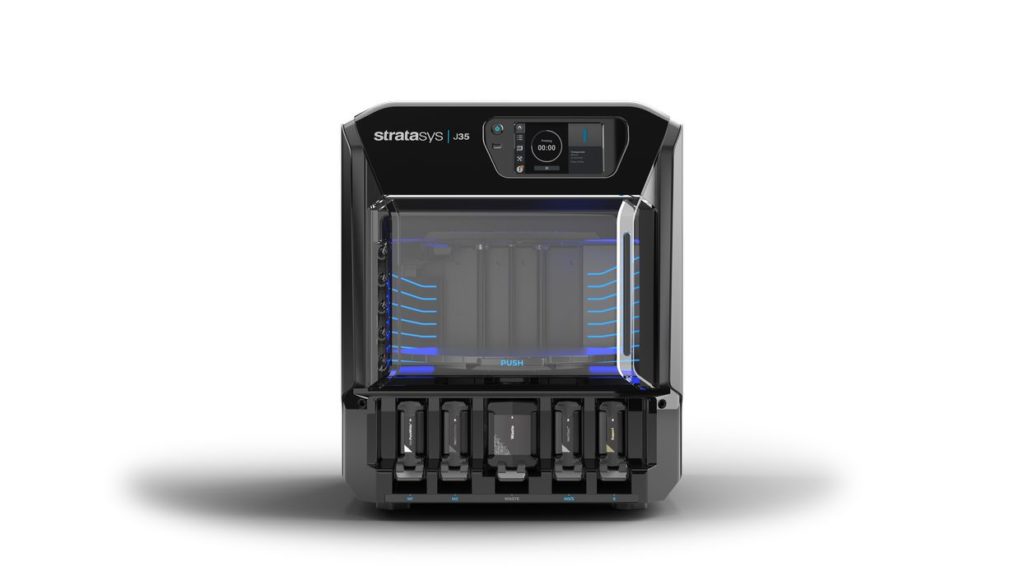
Stratasys announced two new PolyJet 3D printers, the J35 Pro and the J55 Prime, along with some improved software tools.
Long ago are the days when Stratasys’ PolyJet technology was used with only one or two colors. Over several years the company added more simultaneously available colors, culminating in the release of the J750 full-color 3D printer in 2016 that had sufficient base colors to generate any conceivable color when printing.
Since then there are no more colors to add, but the company has instead incrementally improved the color performance on their growing fleet of full-color devices, obtaining Pantone validation in 2019.
Take a close look at some of the incredible images in this post, and you may have a hard time distinguishing them from actual objects. In real life I’ve had the same experience: you don’t know these are 3D prints until you pick them up and notice they are a bit heavier or lighter than they should be.
They’ve also been repackaging the color technology in order to reach more markets, as the original J750 was a large device affordable by only larger manufacturers.
The latest iteration of the color PolyJet technology focuses on two new devices, the J35 Pro and the J55 Prime.
Stratasys J35 Pro
The J35 Pro represents the first time Stratasys has been able to squeeze the color PolyJet technology into a desktop format. The device’s small format, while required to enable desktop positioning, does reduce some of the color capabilities from true full-color.
Stratasys explains:
“With the J35 Pro, users have the option to combine a variety of materials, including Vero UltraClear, that can be printed simultaneously giving engineers and designers the versatility to produce parts that match their exact needs. The printer can incorporate up to three materials that can be printed as single material parts or combined on the same model part, on the same tray. Applications include over-molding, filling simulation and printing in full grey scale.”
It looks like the J35 Pro will allow use of up to three different colors in a single 3D print job. While that’s more constrained than being able to use any color, there are plenty of applications that can be done on this device, as they explain.
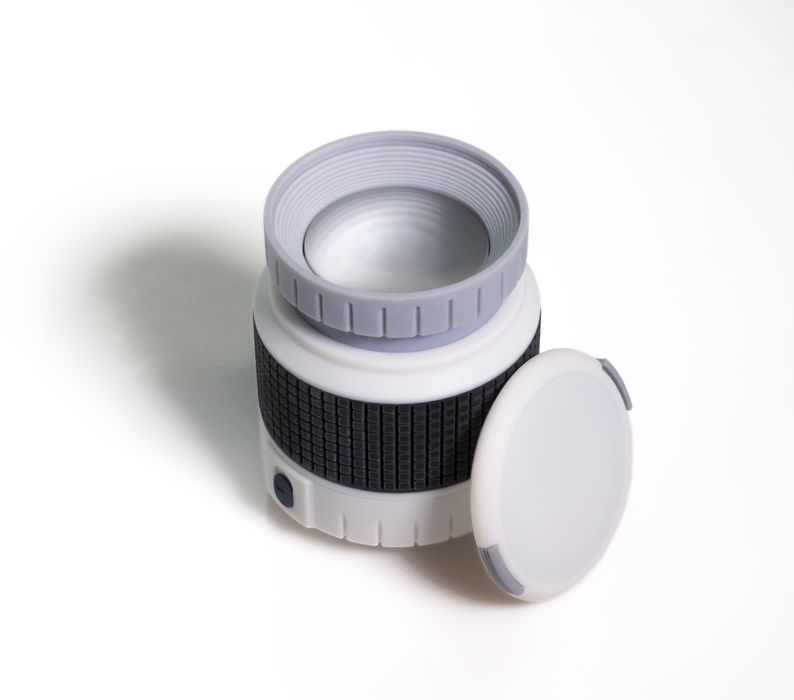
For many users, the J35 Pro could be used as a prototyping platform for parts before they are produced in full color on a separate device.
Stratasys J55 Prime
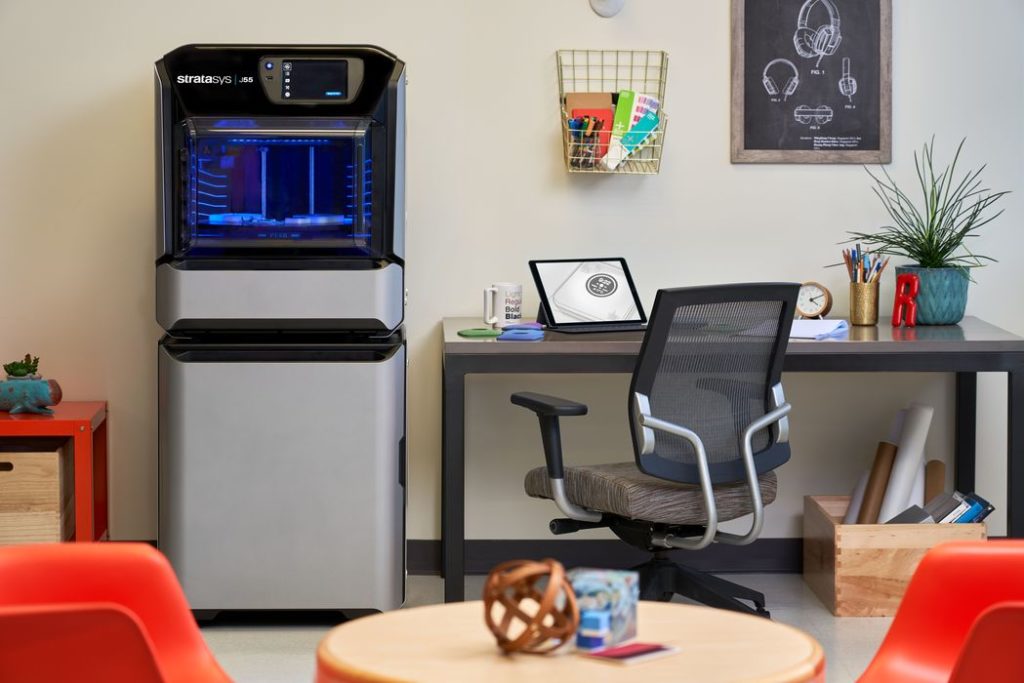
Stratasys already markets a J55 3D printer, having announced it last year.
The new J55 Prime appears at first to be quite similar to the original J55, perhaps even identical. Both devices are designed to be office-friendly, and emit no odors and have quiet operation.
So what’s different with the “Prime” version?
Stratasys offers a tantalizing statement:
“The J55 Prime builds on the technology of the Stratasys J55TM 3D printer introduced in 2020. This new system goes beyond full-color printing with new materials that enable tactile, textual, and sensory capabilities.”
How does Stratasys accomplish this? It turns out the J55 Prime is able to handle a number of different materials — in addition to the full-color materials used in the original J55.
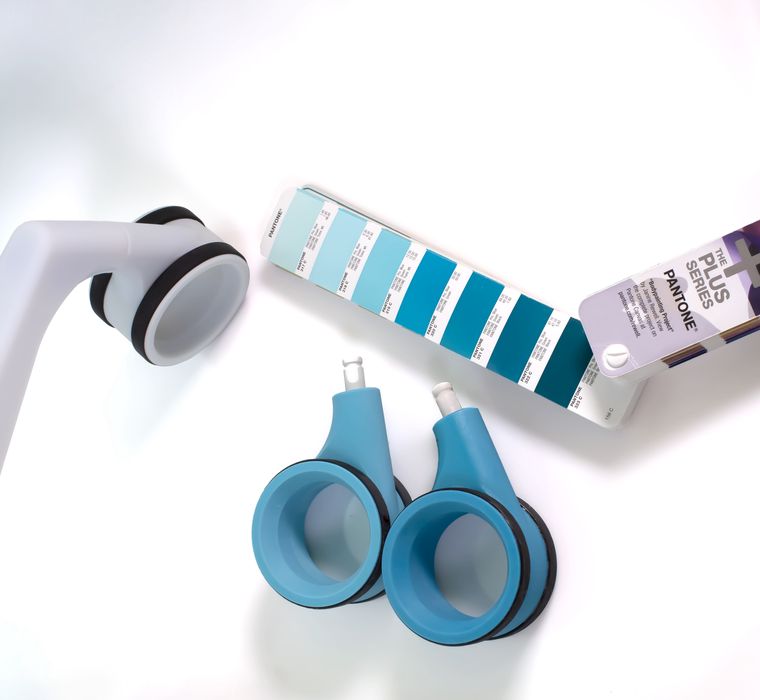
To explain this in a different way, the original J55 uses different “materials” that are different colors, but in reality they each have the same engineering properties. It’s only the coloration that changes.
In the new J55 Prime there are new material possibilities that each can offer new physical properties, such as flexibility, strength or other aspects. The new materials usable on the J55 Prime include:
- Elastico Clear and Elastico Black for flexible, soft-touch printing that accurately simulates the look, feel and function of rubber-like products.
- Digital ABS Ivory for high impact designs such as molds, jigs, fixtures and functional prototypes.
- Vero ContactClear, a translucent material designed for prolonged skin or bodily contact such as medical devices, sport wear, or wearables.
- Ultra-opaque colors, enabled by the VeroUltra family of materials, introduces 2D level graphics and text, vibrant and accurate colors with better plastic simulation, raising the bar in 3D printed multi-material models.
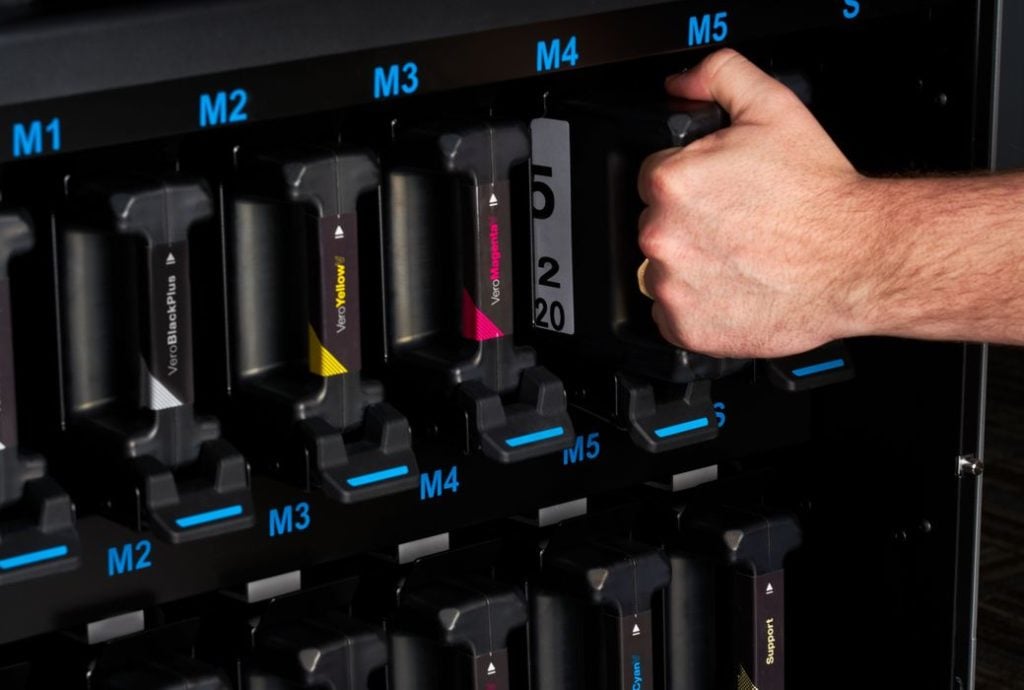
What this means is that the J55 Prime can not only produce ridiculously realistic full-color 3D prints, but also produce full-color functional objects.
That’s an entirely new angle on full-color 3D printing, where previously the game was only visual. Now it’s tactile and functional.
GrabCAD Print Packaging
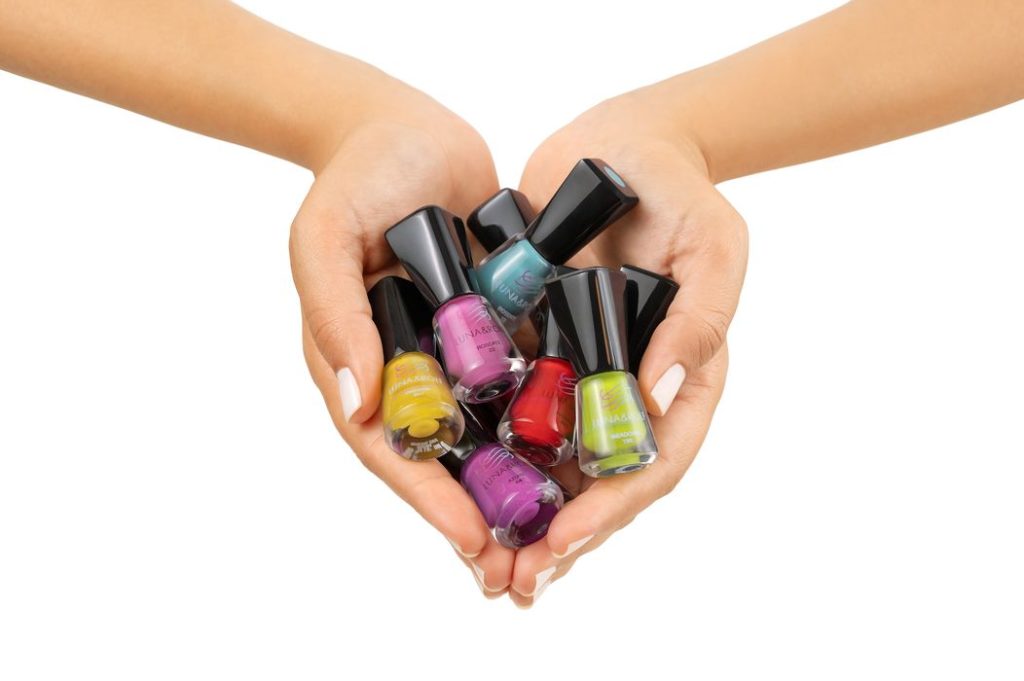
Finally, Stratasys announced changes to their easy-to-use GrabCAD Print software, specifically for developing packaging prototypes. The new features allow operators to easily add labels, transparent sections, and, with the new J55 capabilities, flexible elements.
The software can even produce “simulated fillings”, like liquids, within the 3D models. This makes them even more realistic.
Designers can then visually examine different packaging options in hand before committing to production.
Via Stratasys
